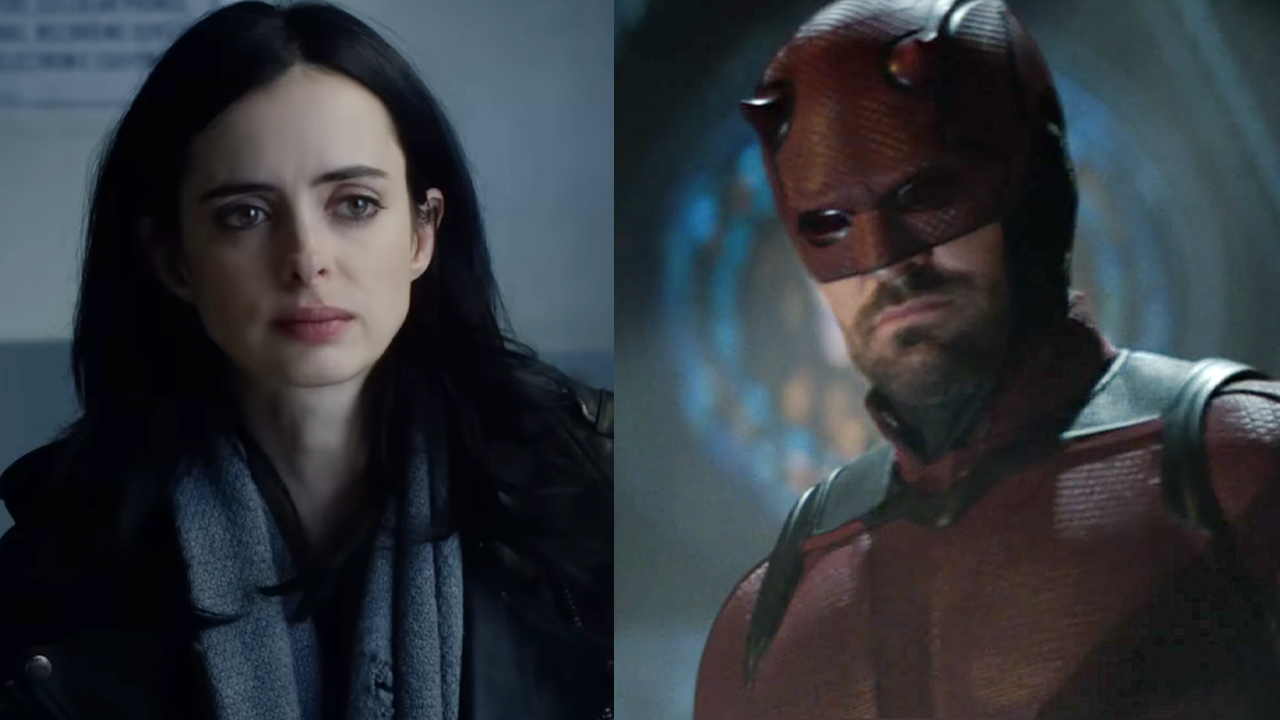7 Classic Horror Movie Scares That Don't Work Anymore
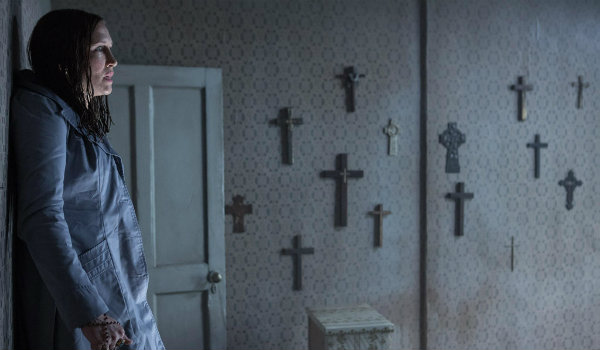
Few film genres have become quite as divisive as horror over the years. Either you love horror movies, or you definitively hate them. Here at Cinema Blend, we tend to fall into the former category; there are few things more cathartic than strapping into a seat and letting a movie absolutely terrify us for the better part of two hours. Sadistic? Totally. Worth it? Absolutely. With The Conjuring 2 hitting theaters this weekend, we very much look forward to James Wan continuing his streak of scaring the living daylights out of us.
That being said, as horror connoisseurs, we have become somewhat callous to certain common scares that Hollywood constantly tries to use on us. It's not that these scares never worked, but through a combination of poor execution and repetition, we have simply grown tired of them. With that in mind, we've compiled a list of seven major horror movie scares that simply don't work on us anymore. Now let's get started with one of the most common offenses on this list.
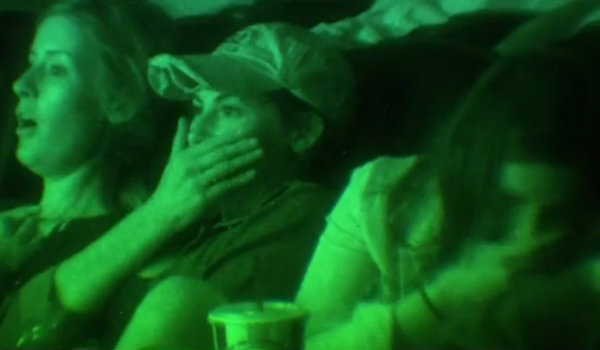
Fake Jump Scares
Anyone who has seen a mainstream horror movie over the last few years has encountered the "fake jump scare" at least once. The protagonist creeps down a dark, spooky hallway, sees a figure draped in a curtain, then slowly pulls it back to reveal it's simply his or her friend Chad waiting to freak them out -- complete with the requisite sound effect to amp up the scare factor. Jump scares are completely fine -- modern classics like The Conjuring and Insidious use them to great effect -- but a jump scare only works when the filmmaker follows through with a legitimate scare. A director needs to be economical in how they scare us; otherwise we stop caring about what we're seeing on the screen.
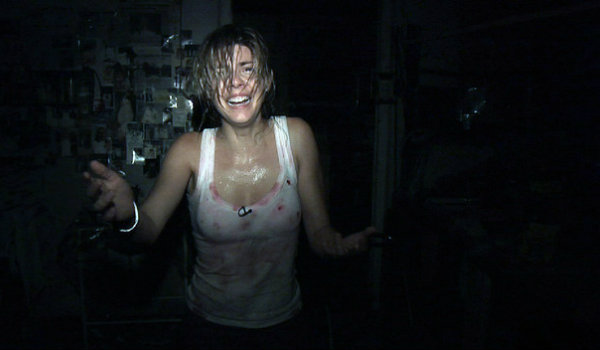
The Found Footage Device
What was once a patient, indie genre has fallen on hard times. Some filmmakers have used the "found footage" style to great effect over the years, but sadly, a sea of lesser projects have drowned those efforts out. It's not hard to see why Hollywood loves them; they're cheap and easy to make. Found footage horror movies became mainstream with the release of The Blair Witch Project in 1999, and that film absolutely terrified hordes of people who convinced themselves it really was found footage. Slowly but surely, filmmakers have moved away from using found footage as a means of making fictional stories seem authentic, and instead have opted to use the constantly moving camera to throw pointless jump scares in the face of the audience. You've worn out your welcome, found footage; maybe it's time to get lost.
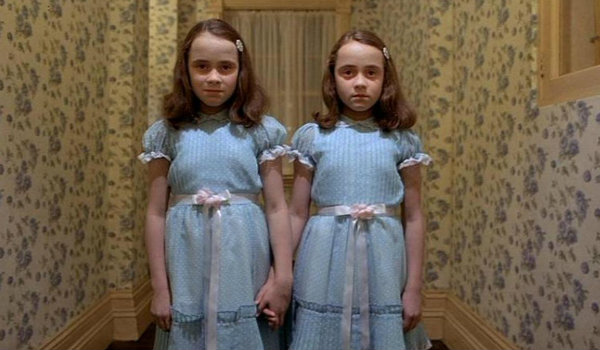
Creepy Kids
Admit it, when you first saw those two girls at the end of the hallway in Stanley Kubrick's The Shining, or you witnessed the evil of The Omen's Damien, you freaked out. Something about the idea of corrupted innocence has always fascinated fans of horror, and there's no better personification of that than a child capable of terrible things. However, nowadays it almost seems like every horror movie tries to feature its own version of a creepy, slightly off-kilter child to send chills up our collective spines. The problem with this horror trope is that it's become so expected that it feels insanely played out. Can't kids just be kids?
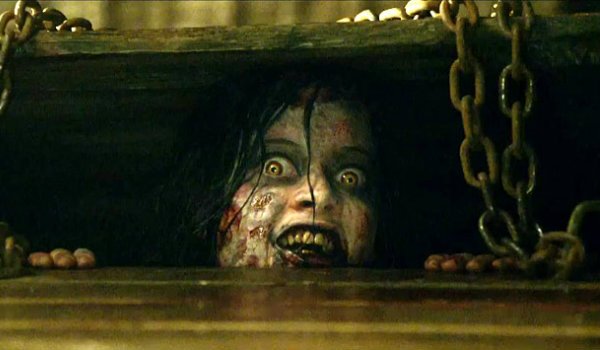
Demonic Possession
There's nothing worse than the idea of losing someone we know and love to a malevolent force we cannot completely comprehend, and that's a concept completely exemplified by demonic possession. However, modern horror movies simply don't take the necessary time to set up why we should care about someone losing their soul to a demon; instead they spend all of their time coming up with new ways to show how the possession physically harms the subject. We cared for characters in films like The Exorcist because we felt the relationship between Regan MacNeil and her mother. Newer films like the Evil Dead remake haven't taken the necessary time to foster such relationships, and as such we care so much less.
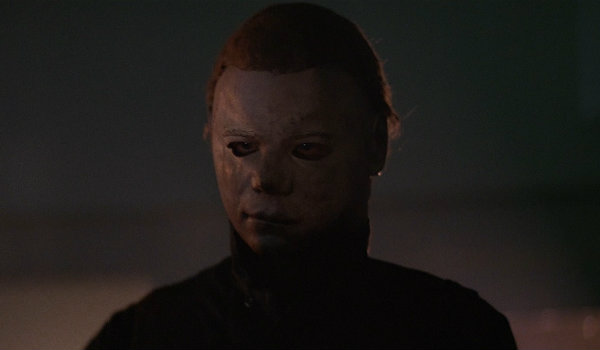
Immortal Serial Killers
Let me make one thing perfectly clear: the slasher genre overall still has quite a bit of life left in it. Recent horror masterpieces like Hush have more than proven that. That being said, we simply don't feel the same sense of menace immortal serial killers like Michael Myers, Jason Voorhees and Freddy Krueger used to muster. These dudes were TERRIFYING. Over time, each of these supposed villains has lost their respective mystique as they've become more insurmountable, and we've almost come to root for them -- effectively turning slasher films into nothing more than snuff films. To remain viable, the slasher genre needs to remain grounded and present audiences with killers who could very much exist in the real world.
Your Daily Blend of Entertainment News
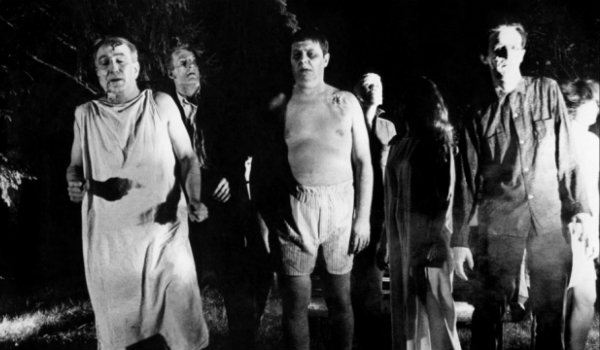
Zombies
Zombies have existed as a horror trope for decades, but they really became a mainstream concept in 1968 with George A. Romero's Night of the Living Dead. From there, zombies, in many ways, became a victim of their own success. With every passing decade, zombie films have slowly but surely transitioned from the horror genre to the action. We've become so accustomed to zombie fiction in the form of movies, comic books, and video games that we all seem to have our own preparedness instinct for the doomsday scenario. The existence of the living dead still intrigues us, but it doesn't scare us like it used to.
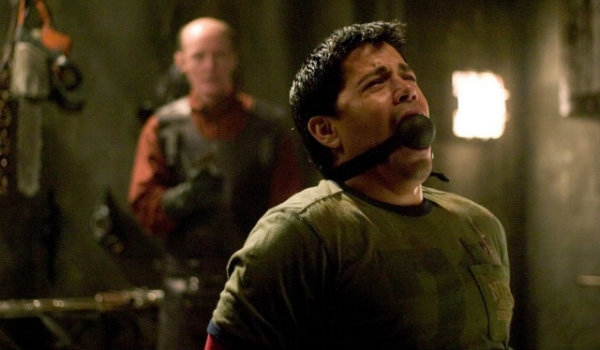
Torture Porn
Last but not least, we have the dreaded torture porn genre. Torture has always been a consistent concept in the world of horror because torture is inherently horrifying. However, it wasn't until 2004's Saw that bodily dismemberment became a mainstream genre attraction in its own right. The original Saw is actually a wonderful thriller, but it inspired an ungodly number of low-quality sequels and imitators opted to forgo all sense of drama and suspense in favor of buckets of blood. Or worse. (Looking at you, The Human Centipede.) There's a serious case to be made that torture porn never really scared us, and if it did, its effect didn't last for very long.
Originally from Connecticut, Conner grew up in San Diego and graduated from Chapman University in 2014. He now lives in Los Angeles working in and around the entertainment industry and can mostly be found binging horror movies and chugging coffee.

